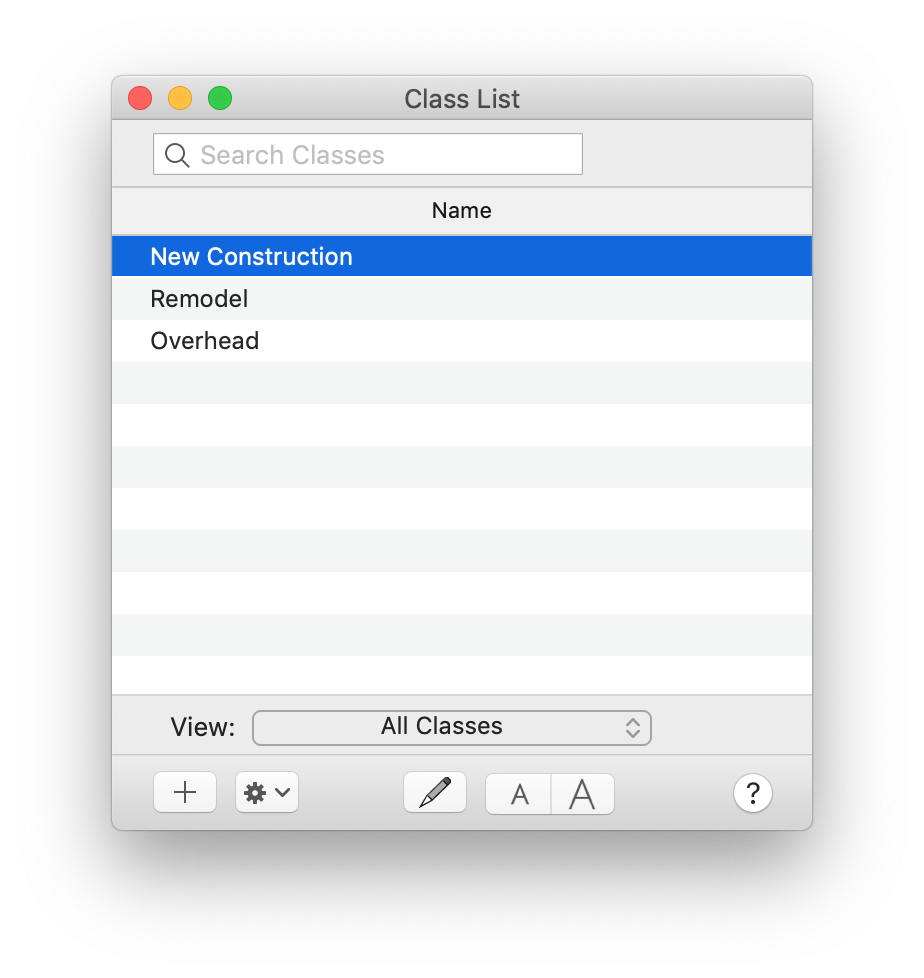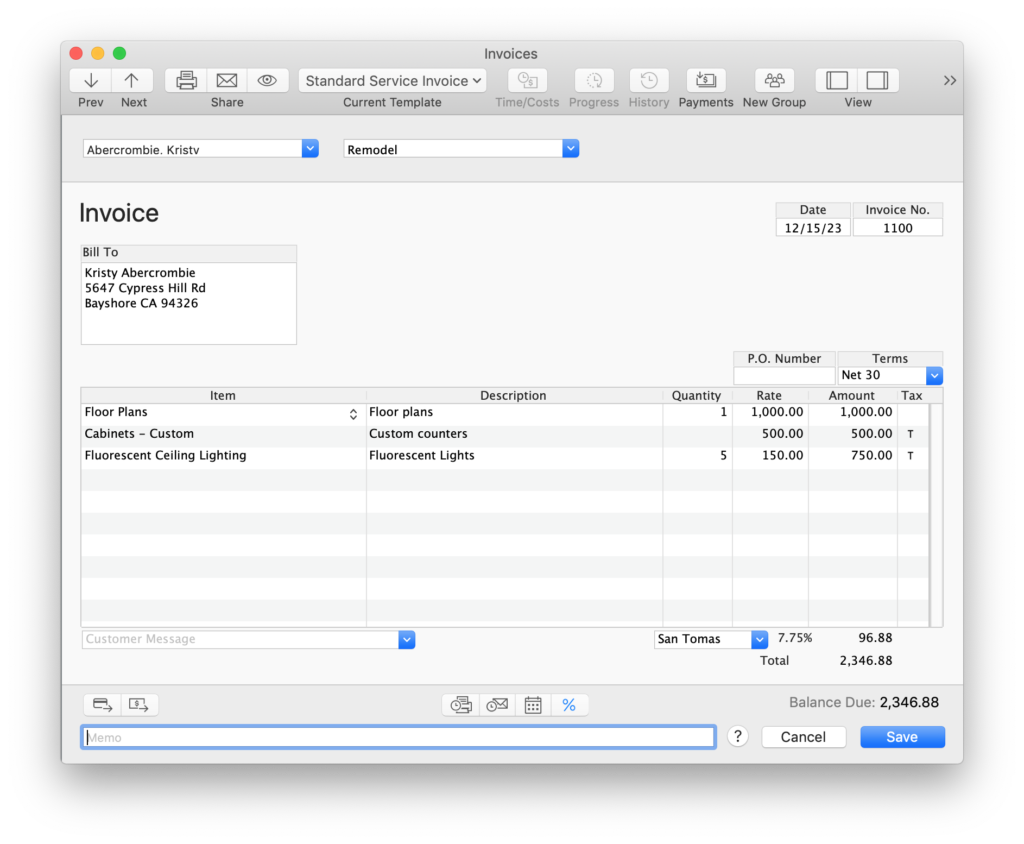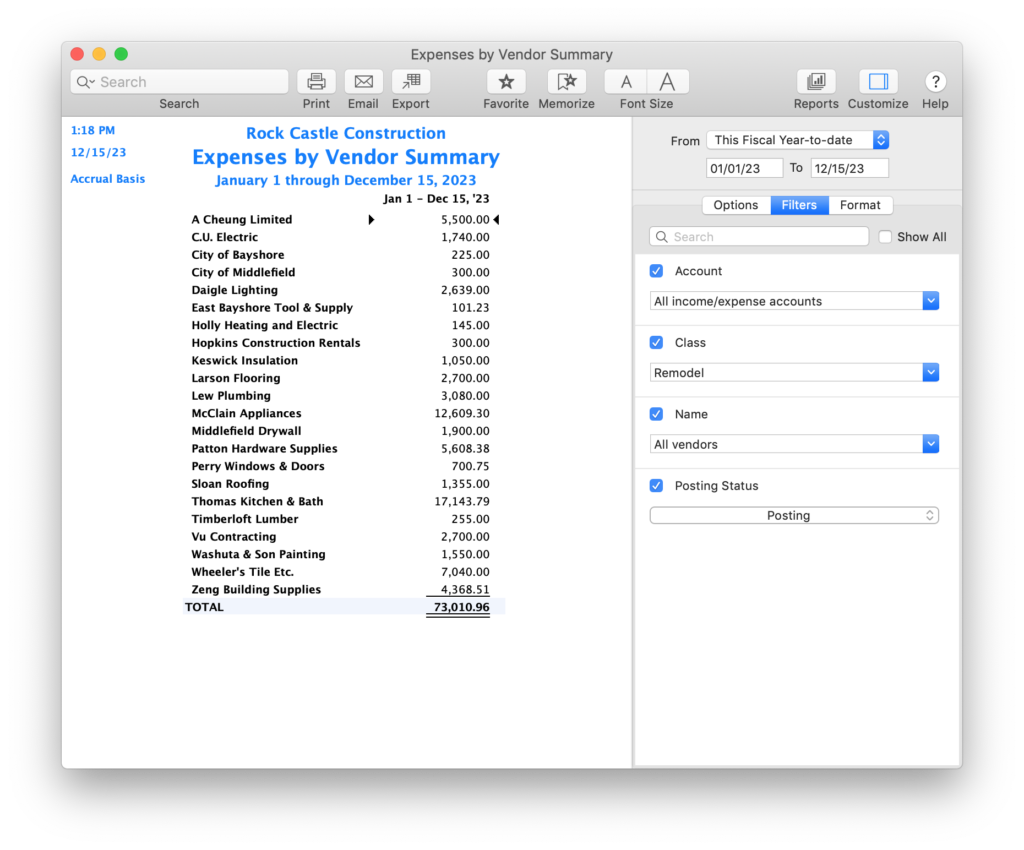 I’m a data nerd. Seriously. Google Analytics makes me absolutely swoony. Mint.com? I’m a little light-headed with glee just thinking about it. It’s being able to see how the numbers fall into what categories that makes me go all moony-eyed. So that’s why classes are one of my favorite features about QuickBooks.
I’m a data nerd. Seriously. Google Analytics makes me absolutely swoony. Mint.com? I’m a little light-headed with glee just thinking about it. It’s being able to see how the numbers fall into what categories that makes me go all moony-eyed. So that’s why classes are one of my favorite features about QuickBooks.
Classes are simply categories. You can then apply a class to transactions to get more insight into your business data. A class can be a department name, a location, or anything that means something to you. Say you’re a magician. You might create the classes “corporate event” and “children’s party.” That way when you need to buy a custom costume for your rabbit, Hopscotch, that spells out “Happy Birthday, Princess” in pink glitter, you can classify that expense as being related to a “corporate event.” (Hey, it could happen. Really, it could.) Then you can create a class report to show all your income and expenses related to a class.
Creating classes

The first thing you need to do to use classes is be sure they are turned on in your Preferences. Choose QuickBooks > Preferences and go to the Transactions preferences. Be sure that “Use class tracking” is checked.
Now you can create classes on your class list. Choose Lists > Classes. To add a new class, just click the + button.
The example to the right is from one of the sample files that comes with QuickBooks. The file is for a landscaping business, so you can see that the categories reflect the type of work the business does.
Applying classes
With a list of classes in place, you can start using those classes in transactions to track your income and expenses. For example, take a look at this invoice.

A cool thing you may not know about is that you can customize forms using Layout Designer and add Class to the columns on the invoice. That way, you can assign a class to each item on the form as I’ve done below.

Using classes in reports
OK, so I’ve assigned classes in my transactions. What does that get me? Well, now when I run reports, I can filter the report by Class. So for example, I can use my Expenses by Vendors Summary report and filter it by the class “Remodel.” Now I have a report that shows me expenses by vendor for all my Remodeling transactions.

In my article on sales summaries, I talk about how you can use classes in your sales summaries to see your sales reports by store location. There’s numerous ways you can use your classes in your reports. It all depends on what’s important to you.
So how do you use classes? Got any ideas you want to share? Use the comments section for this article to let us know.





